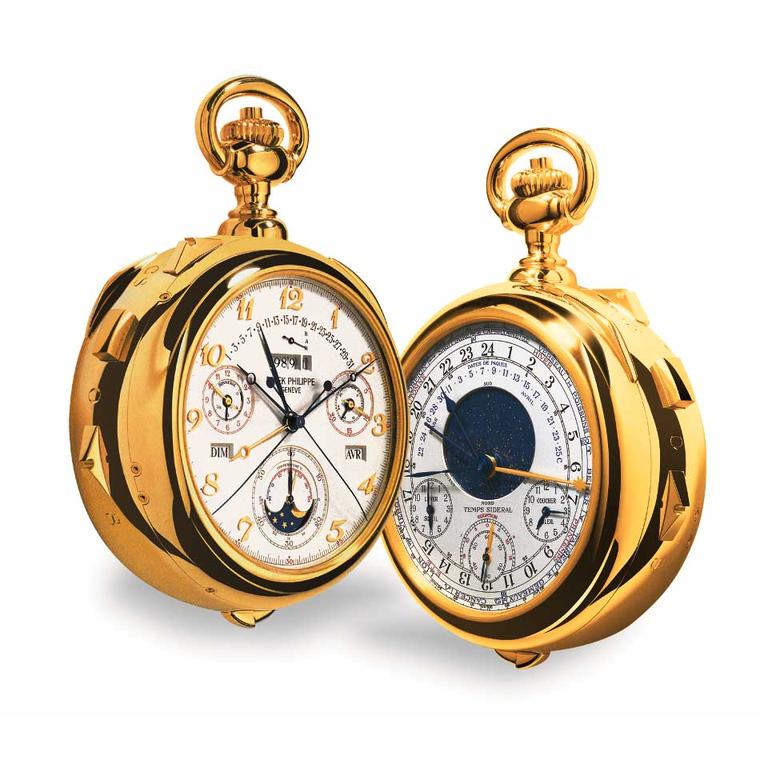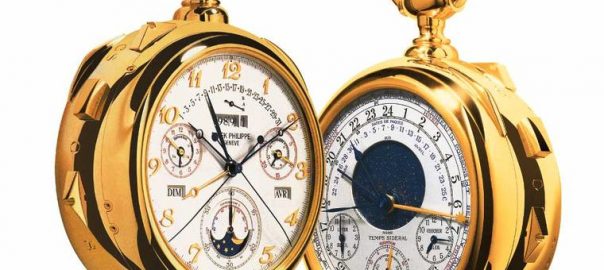Patek Philippe watches are regarded as the world’s best: complete stop. Obviously, there are other impeccable Swiss watch manufacturers with distinguished pedigrees and watches that are tasteful, but Patek Philippe has lodged itself in the conscience of watch fans as the best manufacturer of all of them.
With beautiful Patek Philippe complications and supercomplications that defy the humanly possible, it is that the Grand Cru of their watchmaking terroir and among the most sought after brands on the collector circuit.
Now in its 176th year also at the hands of a fourth generation Stern family member, Patek likes to flaunt the fact it is the last family-owned independent Genevan watchmaker, free from the limitations of shareholders and therefore able to pursue the route it deems fit. Being the best is tough job, but Patek Philippe watches not don’t surprise. Following the sale of theGraves Supercomplication, abandoned, last November at Sotheby’s Geneva for $24 million, it became the most expensive pocket view on Earth. Known as the Mona Lisa of horology, this was the next time in the rodeo for this specific pocket watch, which had surfaced in 1999 and sold for $11 million, establishing a world record then. But if you are Patek Philippe, then you don’t rest on your laurels, and 24 complications are the invitation to generate more.

In the mid-1980s, the Maison chose to outshine the Graves Supercomplication with an even more complex timepiece called Calibre 89, top of article. Even a horological behemoth with 33 complications, 24 hands and 1,728 parts, Calibre 89 now occupies the podium as the planet’s most complex pocket watch and has been constructed to celebrate the watchmaker’s 150th anniversary.
How and why this has been possible is an intriguing story that starts with just two episodes of religious intolerance, persecution and exodus, and a nationalist uprising in Poland. The genesis of Patek Philippe watches is intimately linked to the city of Geneva, which had established itself as a watchmaking hub at the early 16th century, helped in part by Calvin’s strict religious agenda banning ornamentation and the wearing of jewellery, although watches were tolerated.
In still another chapter on exodus, Antoni Patek, a young Polish cavalry officer participating in the 1830 November Uprising – an insurrection of Poles against the invading Russian Tsarist forces – was injured. Following the downfall, he and many soldiers of the Polish army were encouraged to emigrate and, after various stops in France, Patek came at Versoix, Switzerland, in which he took painting classes and became fascinated with the watchmaking scene. Czapek made the watches, Patek sold themand the partnership lasted for six years before it was dissolved in 1845.
It is a common misconception that watchmakers in the 19th century were primarily interested in making pocket watches for gentlemen. In the instance of Patek Philippe, women played a pivotal part in the organization’s rise to fame – especially feminine members of royal households or quite well-to-do ladies – and the first three listed Patek Philippe ladies’ watches sold in 1839 were to Madame Goscinska. This was quickly followed by Princess Zubów of Russia, who purchased a minute repeater detailing her family coat of arms, and even Queen Victoria bought Prince Albert a quarter-repeating chronometer using all the keyless winding system. This high profile roster of queens, kings and even Popes ensured Patek Philippe’s name spread like wildfire among the courts of Europe, and as much abroad as Siam, tempting King Rama V to go to Geneva and carry home 56 timepieces. Not only royals, but intellectuals, writers, musicians and scientists came to the firm due to their watches, including Tolstoy, Tchaikovsky, Wagner, Einstein and even Marie Curie.
